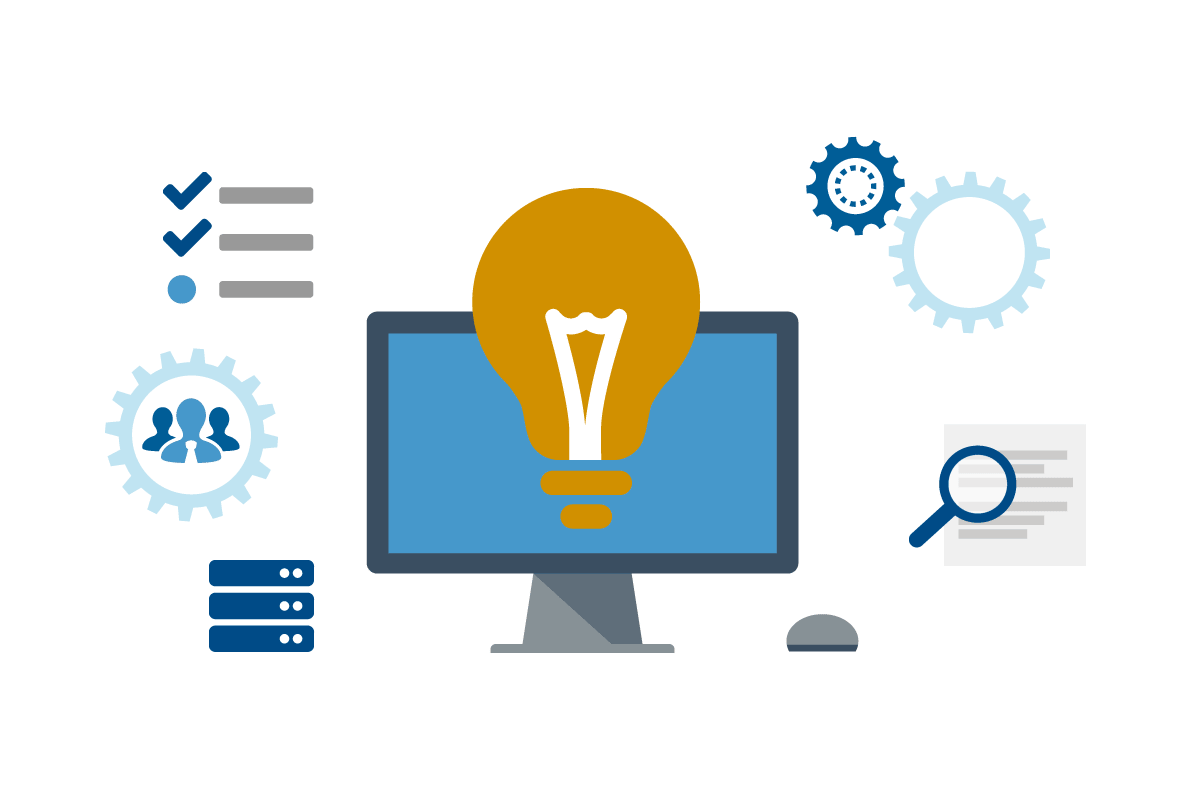Before You Redesign Your Website Read Our Checklist

If you’ve decided your website needs a refresh, you’re probably anxious to get the process started. It’s exciting to think about a shiny new website with all the digital bells and whistles, but don’t rush into a website redesign.
Getting the fundamentals in place before you get started will ensure your website project runs smoothly and delivers the results you want. Here are 11 things you need to figure out before diving into a website redesign.
Your Website Redesign Checklist

- Determine how your website will help you reach your business goals. Having a fresh new website is a great morale-booster for a business, but that shouldn’t be your only reason for a website redesign. A website project is a major investment, so make sure you get a return on that investment by having a clear picture of how a new website will help build your business.
- Assess your current website. In order to know what you need for your new website, take a close look at the current one. What are your reasons for wanting a new website? What problems do you think a new website will solve? Look at both the design and functional elements of your site and make a list of the things you like and the things you don’t, and why. Think about how your site has helped or hurt your business and what changes will make your site more effective at supporting your business goals. For more on how to assess your site, see our blog post 8 Signs It's Time to Redesign Your Website.
- Check out the competition. When you’re looking to upgrade your website, you want to create a new site that is original, not a copycat of a competitor’s site. However, that doesn’t mean you should go into a website redesign with no frame of reference. Being familiar with your competitors’ websites will give you valuable information about best practices and trends for your specific industry and business type, help you generate ideas for features and functionality you want in your own website, and identify things you want to avoid. To learn more, read our blog post How to Use Your Competitors to Your Advantage.
- Define your brand. An impending website redesign is a great opportunity to take a fresh look at your brand. Your company brand should influence everything about your new website, from colors and fonts to organization and content. Having a strong brand identity in place before you start your website redesign will guide your decisions throughout the website project, and will result in a site that accurately represents your image, leaves a strong, positive impression on visitors, and stands out from the competition. For tips on how to develop a strong brand, see our blog post 8 Elements to Help You Define and Build a Successful Brand.
- Take a look at your logo. A logo is an extension of your brand, and should be a unique and powerful mark that identifies your company and sparks a connection with your target audience. If your logo is out of date, uninspired or unappealing, a website redesign is the perfect time to debut an updated logo that better represents your brand. Not sure if your logo needs an update? Check out our blog post 4 Signs Your Logo Needs An Update.
- Choose the right web developer. If you want the right website, you need to have the right web design and development company. If you don’t have confidence in the skill and experience of your current web design partner, now is the time to make a change. If you’re looking for an agency to build your new website, see our blog post How to Choose a Web Design Company for tips and questions to ask.
- Identify your target audience. The more you know about the people who will be visiting your site, or the people you WANT to visit your site, the more effective you’ll be at creating a website with the right structure, content, and appearance to draw those target customers in. Before you start your website redesign, analyze your existing customer base and website users, consult your client-facing employees, and use tools like customer personas, surveys, and competitive research to make sure you have a clear picture of your target audience. For more on how to identify your target audience, see our blog post Want to Master Your Marketing? Know Your Audience.
- Evaluate your current website host. All the time, work, and money you spend on a website redesign could go to waste if you don’t have the right website host. Your choice of website host can determine a number of important factors, including how quickly your website pages load, how much traffic your site can handle, how often users get error codes when they try to access your site, and whether your site has strong security. Before you start on a new website project, determine whether your current website host is delivering the service, support, security, and technological expertise your company needs. If not, include website hosting as part of your redevelopment process.
- Choose a platform. Your website should be built on a content management system (CMS)—a software platform that you’ll use to add, change, and delete the content on your website. A CMS can be either open-source, which means the source code is accessible to everyone, or proprietary, which means the code is owned by a private company, which determines the functionality of the CMS and makes all its own upgrades and improvements. There are pros and cons to both open-source and proprietary CMS platforms. To lean more, see our blog post Choosing a CMS: What Does Open-Source Mean and Why Does it Matter?
- Establish a reasonable timeline. Redesigning a website is a big project and things sometimes take longer than planned, so don’t create short deadlines that will cause problems if you don’t meet them. Planning the launch of your new website to coincide with an industry conference or other important event is a great idea, but give yourself some breathing room and time for adjustments and fixes—don't plan to launch at the 11th hour before that event.
- Assign responsibility to team members. A new website project has many moving parts, and it can easily get derailed if you are not reviewing the ongoing work, providing feedback, and issuing approvals in a timely manner. Before the project begins, assemble a core team and assign responsibility for the different elements of the website, including design, navigation, content, etc., as well as one designated point person to coordinate input from your team and make sure all the aspects of the project are running smoothly.


